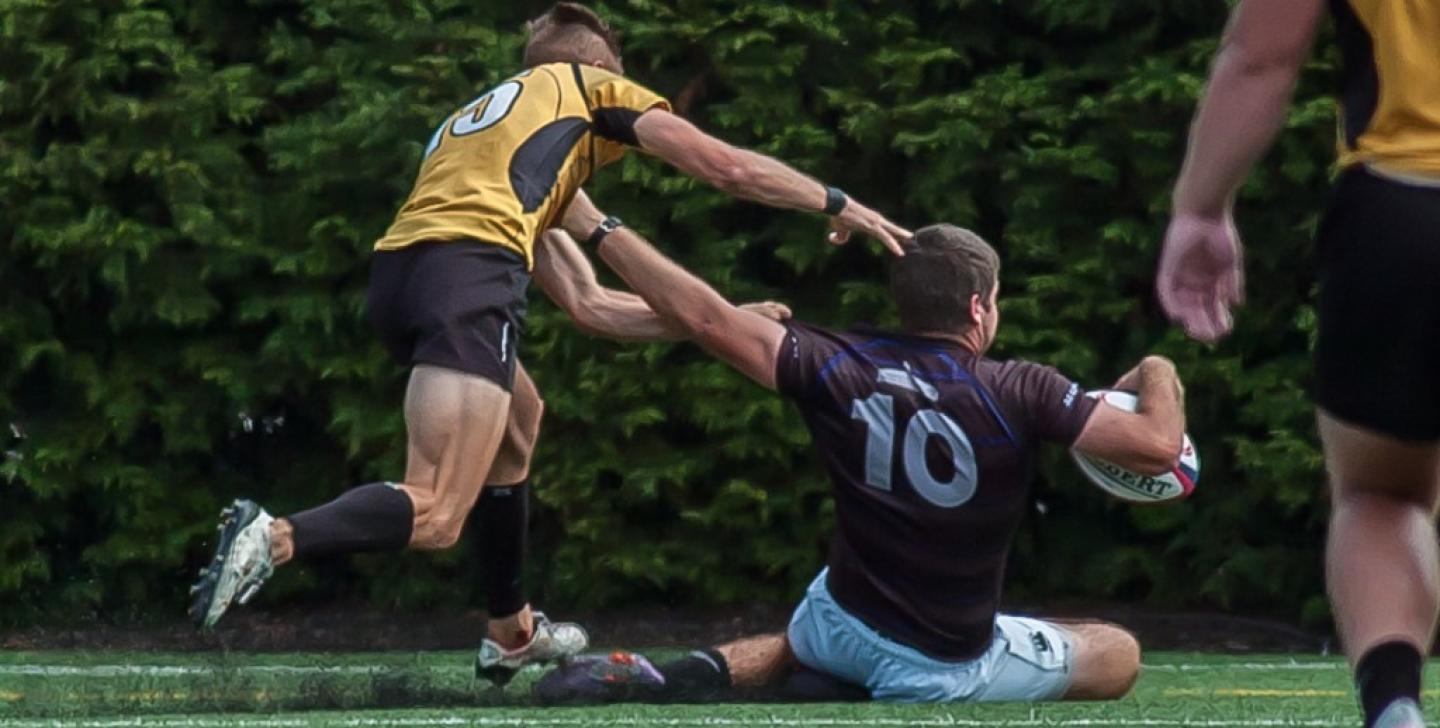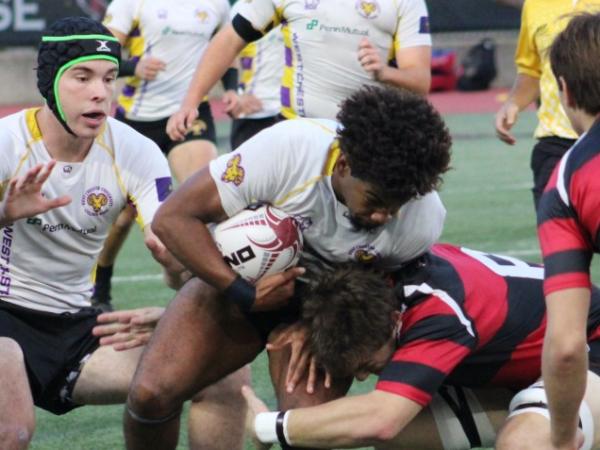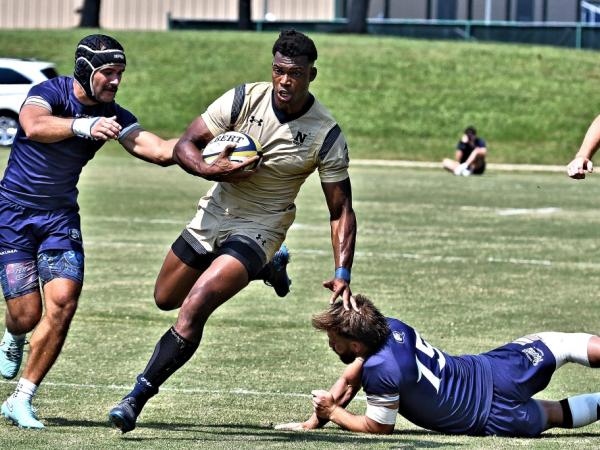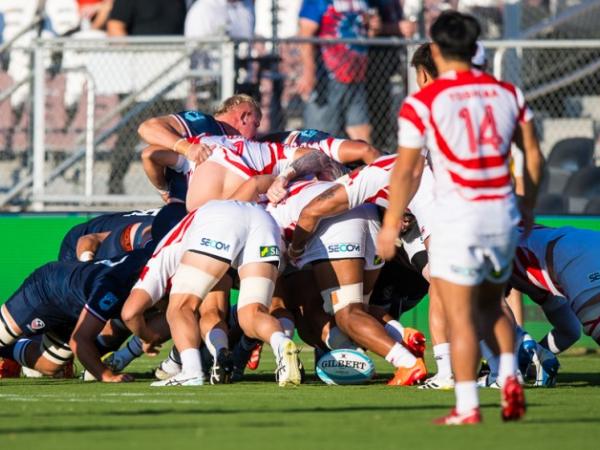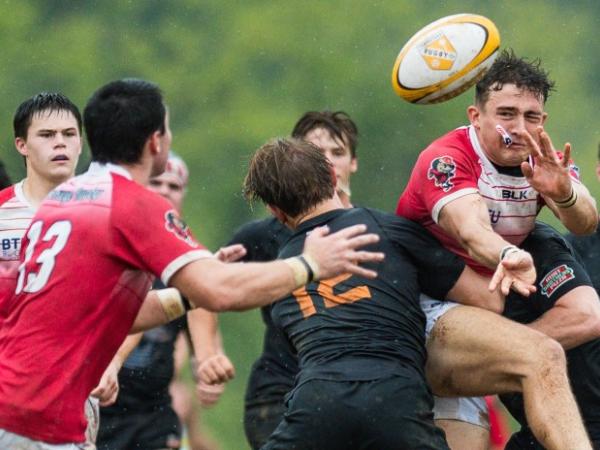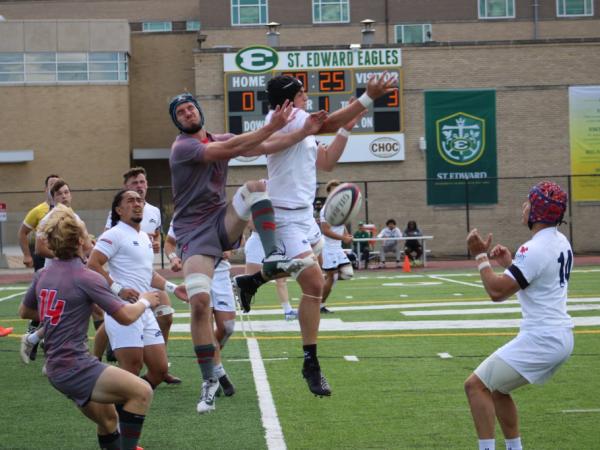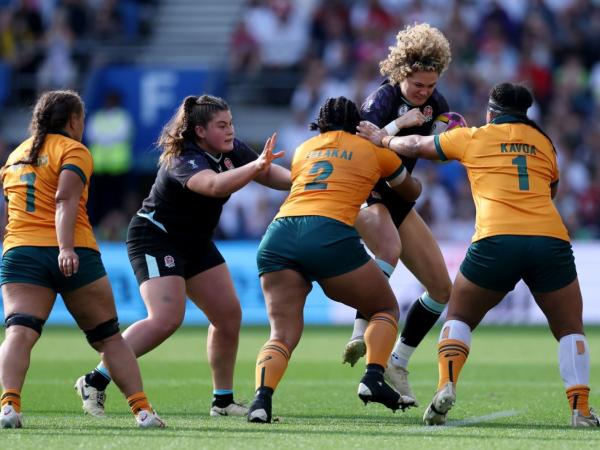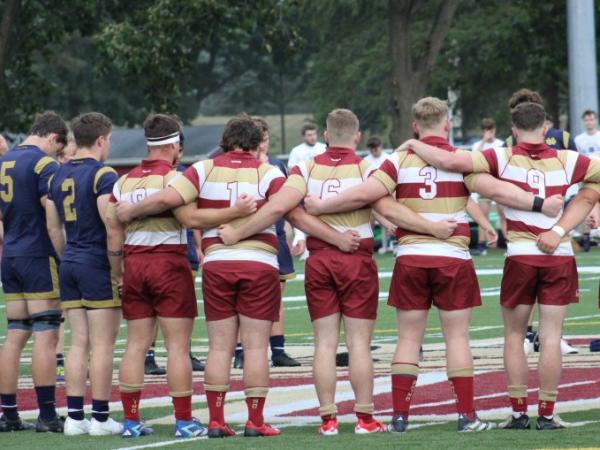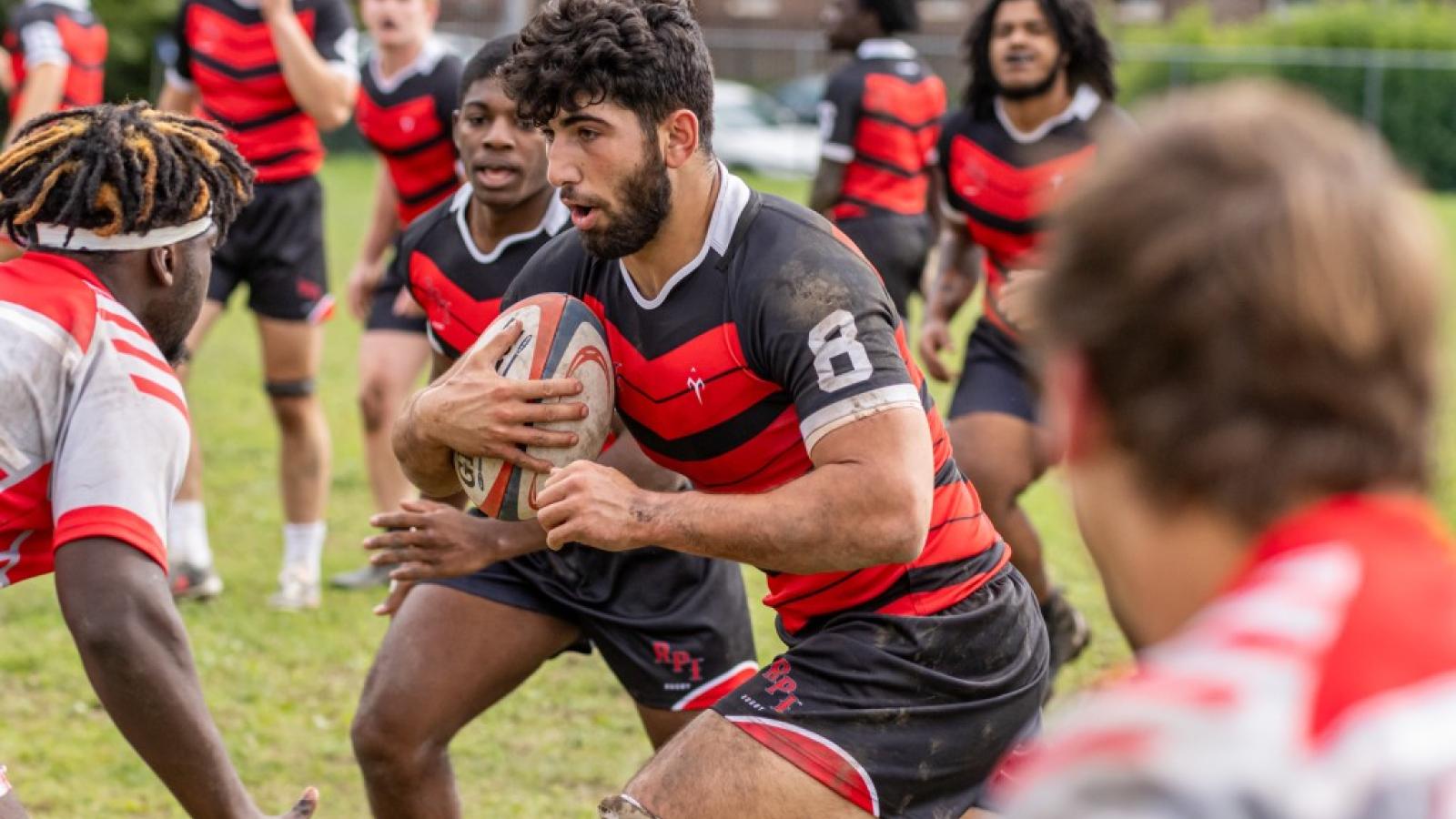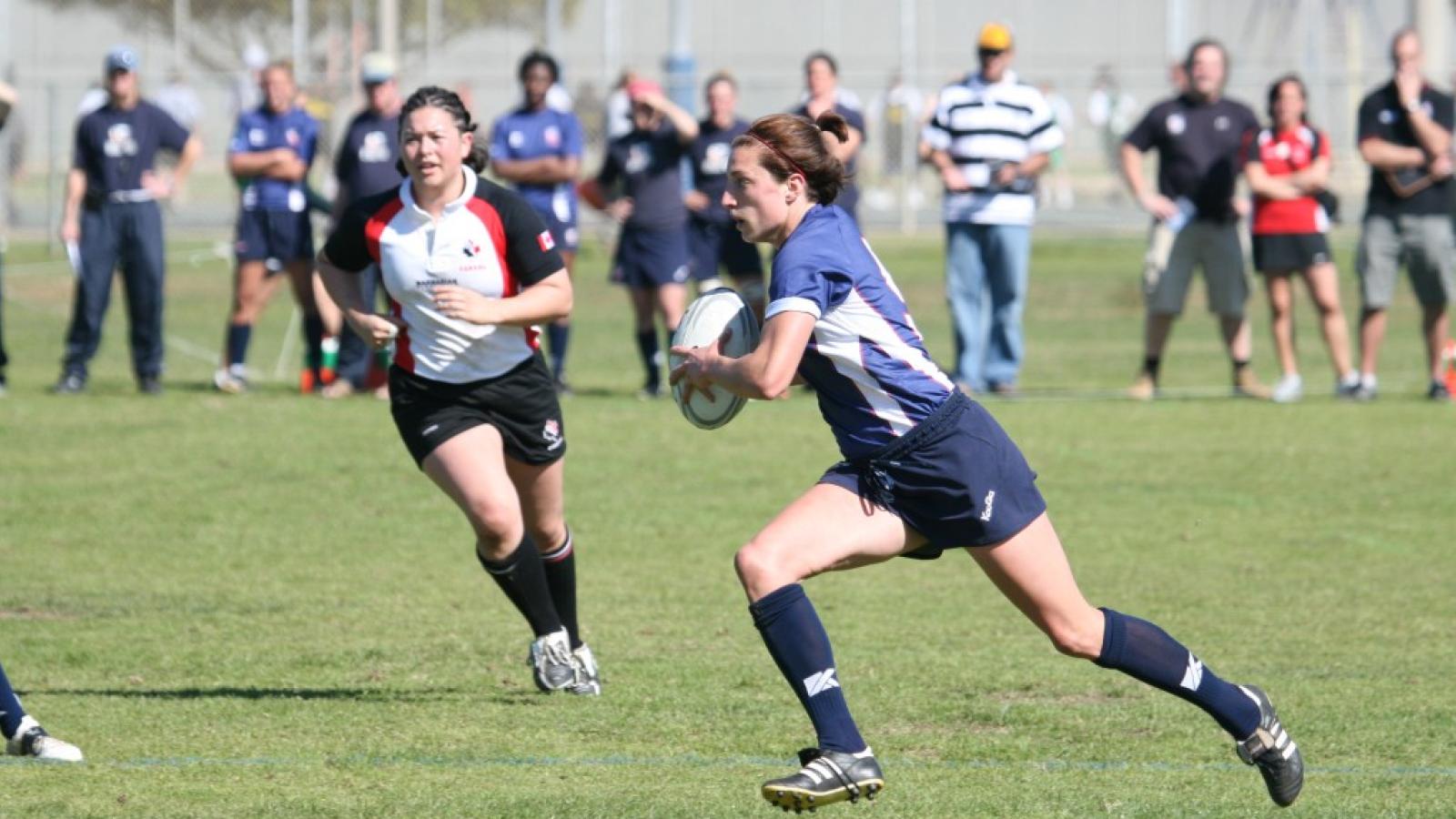Even as college rugby conferences are shifting their associations, teams within those conferences are also moving around.
And one major issue is now rearing its head—varsity status.
The word varsity is fraught with varied meaning, especially in college rugby where a team can be supported by the athletic department but not deemed a varsity sport, a team can be called a "club sport" and receive five-figure financial backing from the school, or a team can be a rec sports team but have a significant booster and alumni organization behind it. For the most part, though, the issue some DIAA teams have with programs they deem varsity falls under the category of athletic-department-supported teams.
And that brings us to the Chesapeake Conference. Recent additions to the conference raised the number of of AD-supported teams, or teams with significant school support, to four. Recent years have shown a significant difference between regular club sports-run rugby teams and those with elevated status. This past fall, AD-supported Iowa Central blew away the DIAA competition to win the fall playoffs. Queens University was in the process of doing the same in D2. Southern Virginia, a first-year varsity program, was winning big, as well.
These are not rare occurrences. The MO for athletic department programs has been to start in the lower divisions and move up year-by-year. On the facer of it that seems to be a smart move—your new program is usually young, and needs a year or two to get the players up to speed.
Except they don't. The AD-supported teams can recruit, not only freshmen but transfers, and with their daily training environments probably progress twice as fast as a team training twice a week, perhaps faster. Working your way up the divisions seems like a reasonable thing, but critics are saying that you don't have to win a championship every year in order to provide proof of concept.
But that seems to be the result of the plan. Lindenwood won the DII title in 2012 and were DIAA runners up a year later before acknowledging they should be in DIA. Davenport won two DIA titles before moving up. Notre Dame College followed the same route. They did this not because they wanted to beat up on club teams, but because they were concerned that a huge jump to DIA would expose the teams' youth and inexperience and hurt the program.
It's understandable, but the proof is there. AD-supported teams have an advantage over club teams, and for the most part DIAA is a club division, and DIA is (or should be), a division for programs with elevated status on campus.
So we return to the Chesapeake, which, we announced some weeks ago, had expanded to nine teams. Then this past week Salisbury announced it was moving from the Chesapeake to the MARC. One major reason was certainly geography—the Chesapeake Conference has been inching further and further south over the years. But another reason was that a club team (one that lost to Lindenwood in the 2012 DII final and weren't particularly happy losing to a varsity program) had to compete with AD-supported teams. Not only had Queens and Southern Virginia joined the conference, but Mary Washington, an elevated club, had returned from a rocky visit to DIA, and Mount St. Mary's is also in that elevated category.
James Madison has now told conference officials that it is moving to the MARC. JMU's reason is to do with the competition against AD-supported teams (their opponents in the MARC aren't any closer than their opponents in the Chesapeake—average travel to MARC teams is 4 hours, average travel to Chesapeake teams is slightly less than 3 hours).
Towson moved to the MARC last year, in part to seek out competition that was more similar. DIAA teams around the country are saying much the same thing—they don't want to have a good season, perform well against schools with similar situations, and then get blown out in the playoffs by a varsity team.
In the short term, the Chesapeake is just trying to provide a place for teams to compete. But this frustration with what teams should and shouldn't be DIAA is still bubbling up.
Chesapeake is now: Mary Washington, Maryland, Navy's 2nds, NC State, Queens University Charlotte, Southern Virginia, and Virginia Tech.
MARC is now: Saint Joseph's, Temple, IUP, Pitt, West Chester, WVU, Towson, JMU, Salisbury, Rowan, and Delaware.






